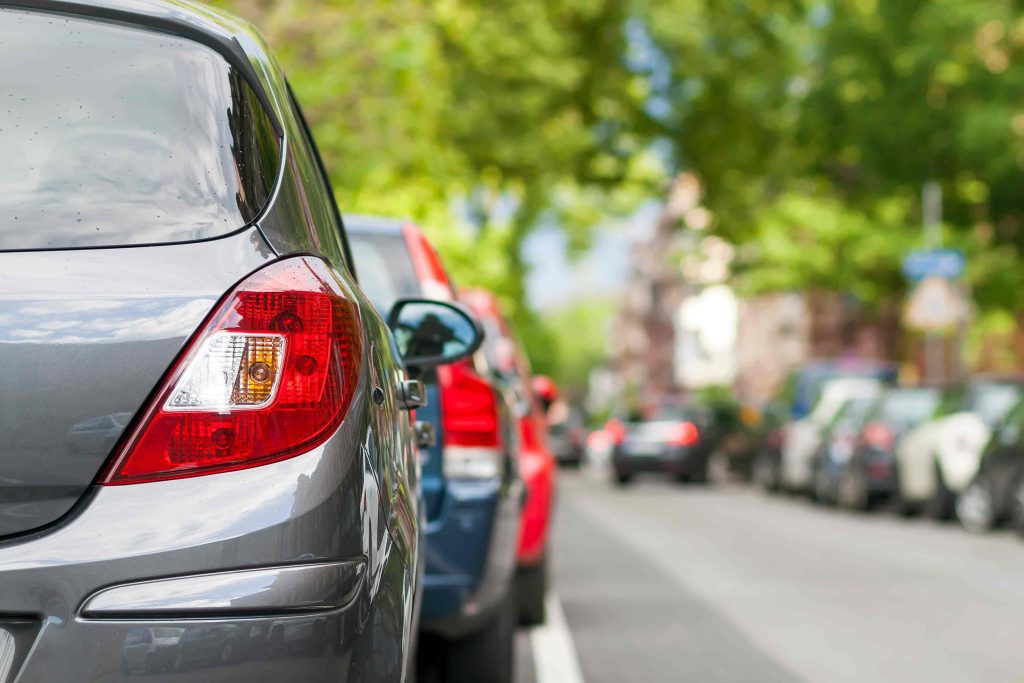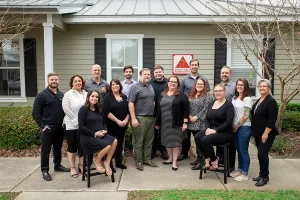What Is a Cat N Car?

Ever been in a fender bender? While the damage to your car might look minor, it can sometimes be too expensive to repair. When that happens, it’ll be “written off” by your insurer. A Cat N car is one that’s been written off for non-structural damage.
Here, we take a closer look at what Cat N means, the damage it covers, and whether buying a second-hand Cat N car is worth it.
Cat N car meaning
There are four categories insurance companies use to describe the level of damage a vehicle has suffered for it to be written off.
Until October 2017, the categories were A, B, C and D. Today, they’re A, B, S, and N.
A category N (Cat N, which replaced the old Cat D) car has sustained non-structural damage. The damage is usually the result of a crash or other accident, like a flood or fire. The car’s structure and chassis remain intact.
The good news is, Cat N cars can be safely repaired and driven again. You won’t need to re-register it with the DVLA, but you will need to let them know it was written off.
The other categories under which cars can be written off are:
Category S (which replaced Cat C): Cat S cars have structural damage. Like Cat N, a Cat S vehicle can be repaired and returned to the road. However, all Cat S cars must be re-registered with the DVLA before they’re allowed back on the road. Learn more about Cat S cars here.Category B: Cat B cars are too damaged or old to repair, but some of the parts can still be salvaged to be reused or sold. Once an expert has removed those parts, the remaining vehicle will be scrapped.Category A: Cat A cars are too damaged or old to repair and cannot be used for parts. Cat A cars are sent to a licensed scrapyard to be safely dismantled and crushed.
Is Cat N the same as Cat D?
Not quite. Cat S and Cat N replaced Cat C and Cat D when the categories were updated in 2017. Before that, the focus was very much on repair costs rather than the type of damage.
If the cost to mend the vehicle was higher than its value, it was a Cat C write-off. If not, it was moved to Cat D. If a car was classed as Cat D, the repair costs were lower than the vehicle’s value. But associated costs (like transporting the car) could still make fixing it uneconomical.
With Cat N, the focus is on vehicle safety. It’s used to indicate that the car has suffered non-structural damage, rather than potentially more dangerous structural damage.
What is Cat N damage?
“Non-structural damage” is quite a broad term. It can cover anything from cosmetic problems, like a dented bumper, to unseen issues, such as an electrical fault.
A mechanical issue in a high-value car could see it written off as Category N if the parts are too expensive to source and fix. A bump to a cheaper car could see it suffer the same fate if the costs of repair are higher than its value.
Even if the damage doesn’t look serious at first glance, it still needs to be repaired. And some parts of the car could pass a visual inspection, whilst not being properly aligned. That could affect handling or even car safety. It could also make repairs more expensive than expected.
Why do insurers write off Category N cars?
In many cases, Cat N cars can be safely repaired and returned to the road. However, it all depends on the type of damage and the value of the car before the accident.
Insurers will weigh up the parts, labour, and admin costs, and whether you’re entitled to a hire car while yours is out of action. As a rule of thumb, if the repair bill exceeds 50-60% of the total value of your vehicle before the accident, it’ll be written off as Category N.
What happens if my car is written off?
Most of the time, when your car is written off, you won’t get it back. Your insurance provider keeps it, and you get paid compensation.
Written off as Cat A or Cat B
If your vehicle needs to be scrapped (Cat A or Cat B), your insurance company will arrange that.
When that happens, you’ll need to:
Send the log book to your insurer (but keep the yellow “selling, transferring, or part-exchanging this vehicle to a motor trader” section)Let the DVLA know your vehicle has been written off. Don’t skip this — you could be fined £1,000 if you don’t tell them!
Note: If your car has a private number plate, you’ll need to apply to take it off the vehicle before it’s scrapped. You can do that via gov.uk.
Written off as Cat N or Cat S
If your car falls under Cat N or Cat S, you can buy it back from the insurer and fix it yourself. To do that, you’ll need to:
Send your entire log book to your insurance companyApply for a duplicate log book (using form V62)
Finally, the DVLA will record your car’s category in the new log book.
Who repairs Cat N vehicles?
If you want to buy your Cat N car back from your insurer and get it fixed, you’ll need a reputable garage or body shop in your corner.
Note that there’s no legal requirement for any repair work on a Cat N car to be independently checked. That means you might not be 100% sure that the car you get back is once again safe to drive.
With that in mind, you should pay for a third-party inspection before signing off on the repairs. The AA and the RAC both offer vehicle inspection services. Yes, it’s an additional cost. But you’ll have peace of mind knowing the car is mechanically sound before you drive it.
How to remove Cat N from a car
You can’t. Once a car has been issued a write-off code, it remains part of its history for life. That means it’s recorded in the vehicle’s log book and will show up in all future history checks.
This obviously makes selling a Cat N car trickier in the future. But it’s only fair that a potential buyer has the complete picture of a used car’s past.
Is it worth buying a car with Cat N?
Are Cat N cars OK to buy and drive? It depends! They could be a great option if you can’t afford the same car brand new (or second-hand).
That said, a Cat N car is a gamble. Even if it’s been completely repaired, the issues that caused it to be written off could come back to haunt you. That means potentially more time and money spent on maintenance compared to other cars.
And if you want to sell it further down the road, you’ll probably lose money on the deal. The fact it’s a Cat N write-off is recorded in its history for the world to see, so the buyer is in a strong position to bargain.
Bottom line? If you’re serious about buying a Cat N car, pay for a history check and an independent inspection before you part with your cash.
Does Cat N affect insurance?
Yes. In general, insuring a Cat N car tends to be more expensive.
When a car has been written off as Category N and repaired, it could still run into problems later. That makes it a higher risk to insurance providers. To offset the risk, some will price their cover higher than for a similar car that’s not been previously written off. Others, meanwhile, will simply refuse to cover a Cat N car.
Recap: what does Cat N mean on a car?
A Cat N car is one that’s been written off for non-structural damage. That covers anything from cosmetic bumps and scrapes to unseen electrical faults. Cat N vehicles can be safely repaired and returned to the road, and you don’t need to re-register them with the DVLA.
Buying a Cat N car could save you money initially, but there may be more costs down the line. They’re often more expensive to insure, and they may require extra maintenance.
And remember, the repair work doesn’t have to be independently inspected before the car is returned to you. Make sure it’s roadworthy by paying for a third-party inspection.
Also read:
Car insurance: What is a non-fault claim?
Do I need high performance car insurance?
Do I need specialist kit car insurance?
What’s the best scrappage scheme for cars?


